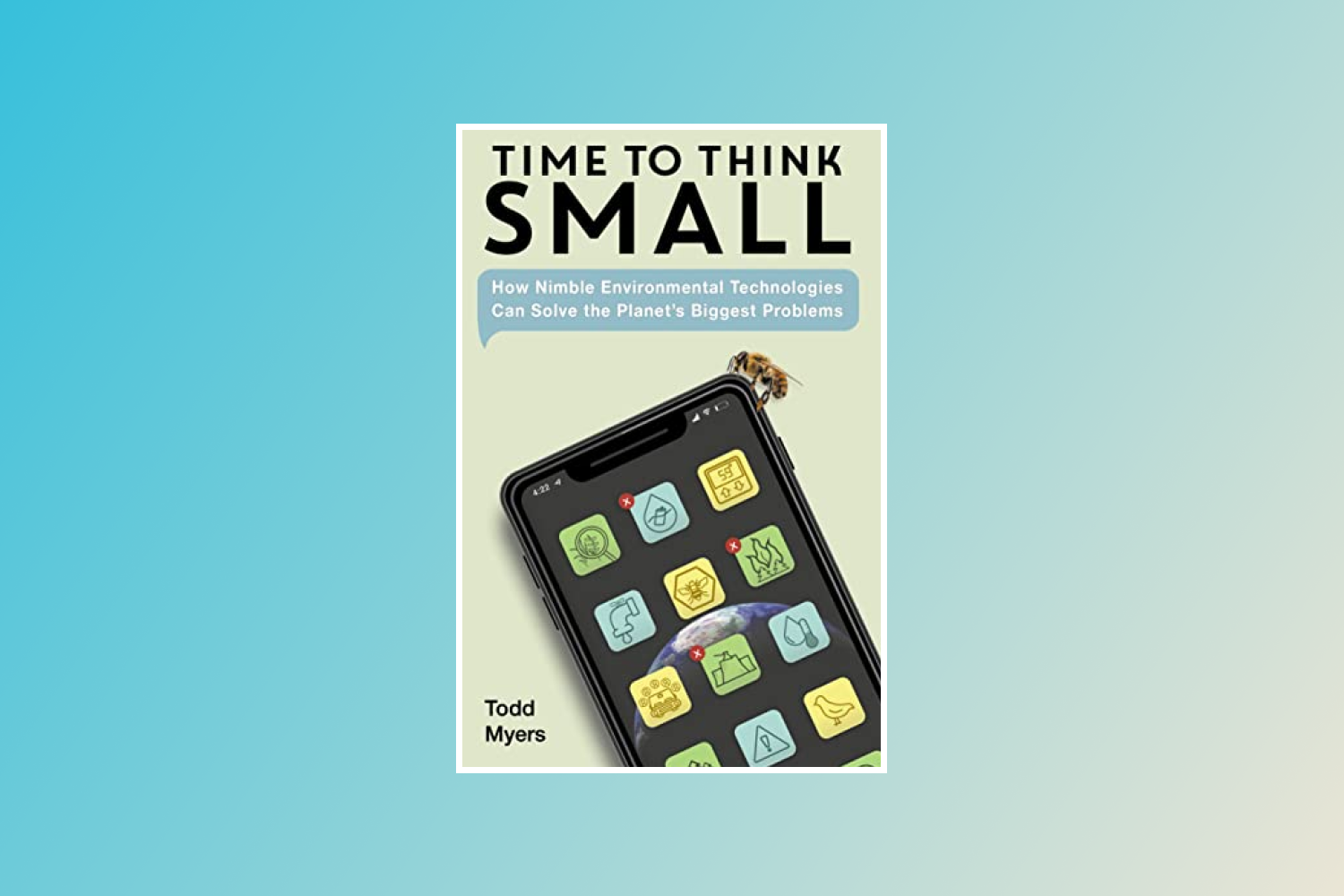Summary: This article invites the reader to rethink the conventional approach to environmental problems, which hinges on state interference and scare tactics. It reviews a book by Todd Myers that demonstrates how new technologies inspire individuals and civil society to come up with innovative solutions to ecological conundrums. It discusses examples of how these technologies have tackled pollution, rescued wildlife, and generated incentives for environmental stewardship.
A version of this article was published in El Comercio (Peru) on 6/6/2023.
World Ocean Day is June 8. World Environment Day is June 5; it’s different than Earth Day, which is April 22. And there are world days for biodiversity, recycling, reducing the use of plastic bags, and much more throughout the year.
With so many days intended to foster awareness and action, the reader can be forgiven for not being aware of them. It is often thought that complex ecological problems require national solutions and international treaties and bureaucracies. Why take individual initiative if what you can do to help is very limited?
What has managed to capture the public’s imagination is the apocalyptic vision of a certain sector of the environmental movement that literally declares that the end of the world is coming if a fundamental reorganization of modern society is not imposed. But such extremism only hinders public debate because of it’s dismissiveness of differing points of view.
It’s time to think small. That’s the title of a new book by Todd Myers (Time to Think Small: How Nimble Environmental Technologies Can Solve the Planet’s Biggest Problems), which highlights the growing opportunities to care for the environment by using new technologies that shift power from politicians to individuals and civil society. The world has changed since the modern environmental movement emerged in the 1970s, when solutions overwhelmingly relied on state intervention. The first director of the U.S. Environmental Protection Agency, Bill Ruckelshaus, recognized this more than 10 years ago. According to Ruckelshaus, “Yesterday’s solutions worked well on yesterday’s problems, but the solutions we devised back in the 1970s aren’t likely to make much of a dent in the environmental problems we face today.”
Today, new technologies make it possible for individuals to collaborate on solutions to ecological problems. Myers offers numerous examples. In Central America, illegal trafficking of endangered turtle eggs has been diminished using trackers that are placed in eggs produced by 3D printers and put alongside the real eggs cared for by the turtles. Thus, the trackers help identify traffickers and their networks.
Millions of metric tons of plastic are dumped into the sea each year, but the nongovernmental organization Plastic Bank is reducing that pollution in several poor countries by paying people through a cellphone system to collect plastic from the environment before it reaches the sea. Plastic Bank has thus prevented a billion plastic bottles from reaching the oceans.
Myers documents how, instead of using their own cars, on-demand vehicle pooling through apps significantly reduces carbon dioxide emissions. Apps such as iNaturalist and eBird allow users to identify plants and animals in nature and create large databases for academic research.
In the United States, the Nature Conservancy used eBird’s bird migration data to offer payments to individuals who create habitats for seabirds. The incentive is the exact opposite of what federal law created to protect endangered species. Under the law, if such a species is found on your property, the government limits the land’s use, and thus reduces its value. Even as it encourages stewardship for the environment, the Nature Conservancy has turned a liability into an asset.
Myers’s book demonstrates how innovation and technology are democratizing environmental stewardship in an increasingly effective way.

